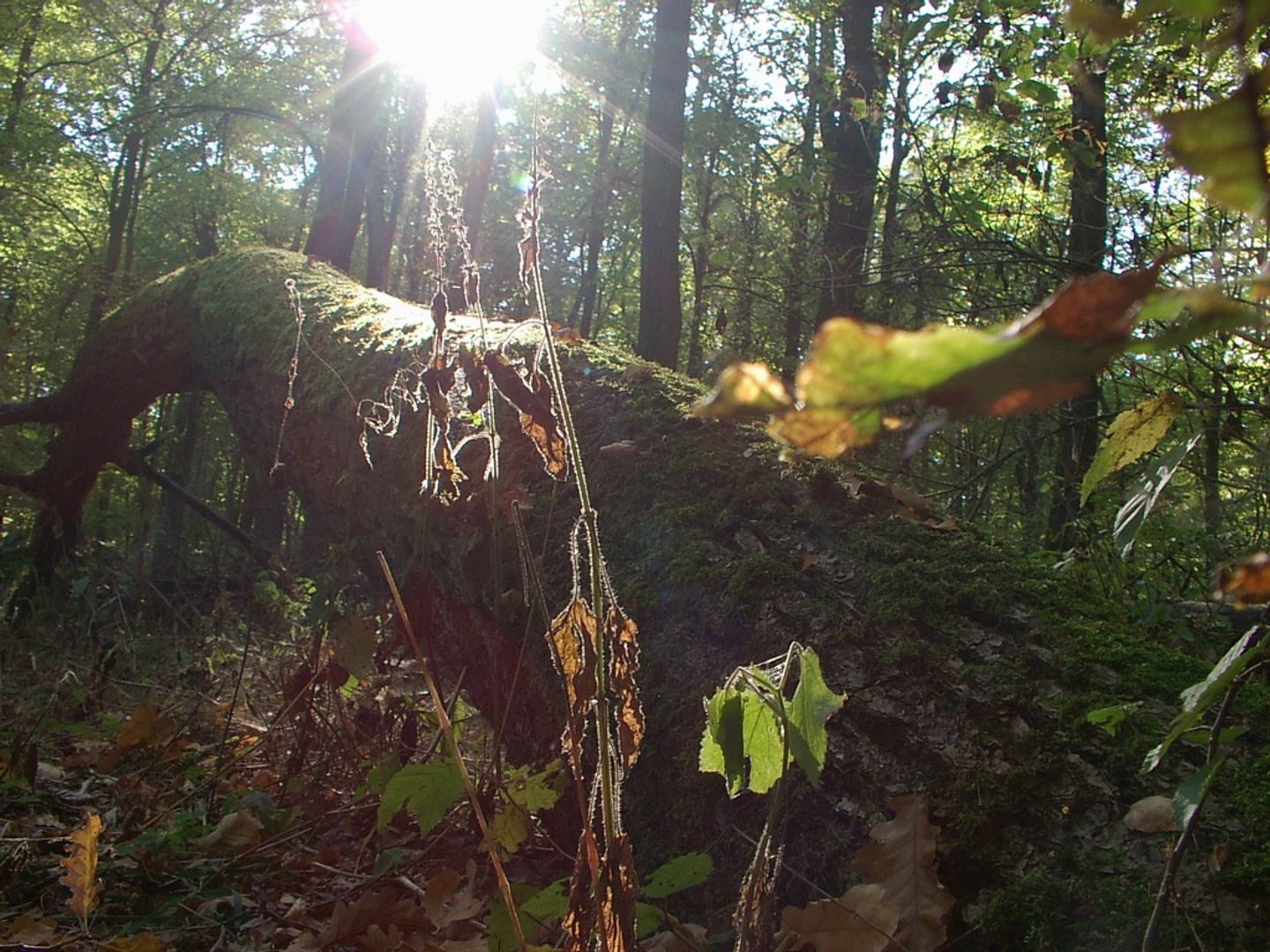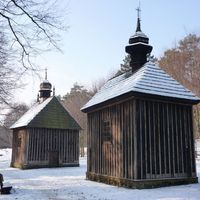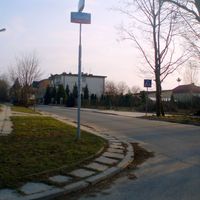Lagiewniki Forest
6.06

Overview
Łagiewnicki Forest is the largest forest complex in Łódź, covering an area of 1,205.45 hectares, making it one of the largest recreational areas in Europe. The forest's name comes from the settlement of Łagiewniki, whose history dates back to the 11th century when it served a supportive role for the stronghold in Zgierz. The settlement was known for producing *łagwie* – wooden and leather vessels, which influenced its name. Later, these lands passed into noble hands, with one of the owners being Baron Heinzl, who built a palace here. The forest has witnessed significant historical events, including the stationing of January Uprising insurgents in 1863 and Nazi executions during World War II. Located in the northeastern part of Łódź, the forest features diverse upland landscapes, being a remnant of the Łódź Primeval Forest. The Bzura River flows through the complex, feeding the ponds in Arturówek and creating a recreational base with a kayaking and rowing harbor. The forest's flora includes 542 species of vascular plants, such as oaks, pines, birches, and many others, while its fauna comprises 500 species of insects and 115 species of birds. In 1996, a nature reserve was established within the forest, and it was incorporated into the Łódź Uplands Landscape Park. Numerous tourist trails facilitate exploration of the area. The forest also boasts historical landmarks, such as the palace of Ludwig Heinzl, a Franciscan monastery, and chapels. Various cultural events take place here annually, including the Festival of Music in the Old Monastery. The forest is not only a vital recreational space but also a cultural one, preserving the rich history and nature of the region.
Location
District
Bałuty
City
Lodz
Tertiary Administrative Division
Stryków
County
Zgierz County
State
Łódź Voivodeship
Country
Tickets
Powered by GetYourGuide
You can also find here:
2025 Wizytor | All Rights Reserved

